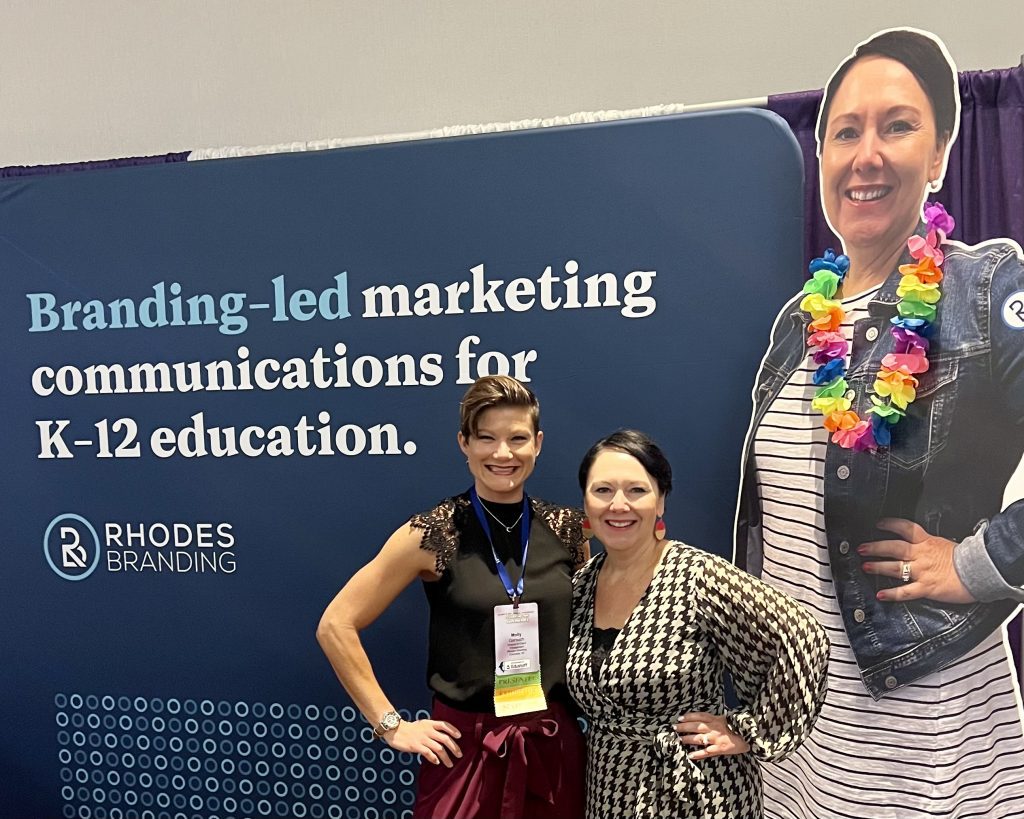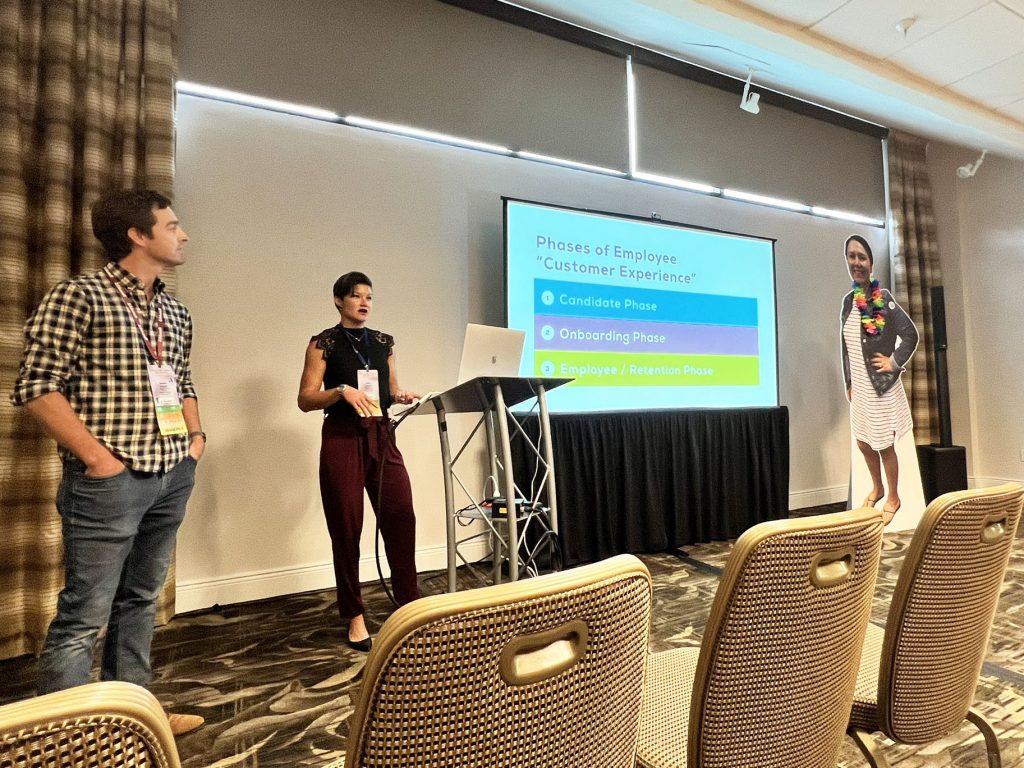Last week, our team attended the American Association of School Personnel Administrators’ 84th Annual Conference. In case you weren’t able to be there, we’re bringing back a few insights from sunny Orlando that we think will be helpful for superintendents and K12 talent leaders.
Speaking of #K12Talent…
1. “Human Resources” is headed toward a rebrand.
From official titles to the way human resources professionals referred to themselves and their colleagues at the conference (and even the hashtags used by attendees), there’s a palpable shift in how this group is modeling a rebrand in the K12 space.
Brian White, AASPA Immediate Past President and Executive Director of HR & Operations for Auburn-Washburn USD 437, referred to his colleagues as “human capital leaders.” Titles are moving from “Human Resources Director” to “Director of Talent Acquisition” and “Director of Talent Management & Development.” We met “Chief Talent Officers” and “Personnel Managers.”
These name changes may seem subtle, but these titles call attention to the fact that individual schools are seeking to employ skilled professionals with specialized talent. It’s something districts should consider, since these personnel leaders in the central office are some of the first touch points a prospective employee will encounter.
Curious about examples? Just check out the #K12talent hashtags on Twitter associated with the #AASPA22 conference for inspiration.
2. It’s a record year for AASPA!
Not only was the 84th Annual Conference the largest attended (with 780+ attendees), but the organization is also celebrating a record number of members this year.
During the Opening Ceremony on Tuesday, AASPA Executive Director Kelly Coash-Johnson excitedly shared that membership of school personnel administrators nationwide had reached 3,000+.
We asked Coash-Johnson what she felt had contributed to AASPA’s high numbers this year. She said that the strong relationships AASPA has been nurturing with state affiliate association leaders have boosted the number of #k12talent pros seeking membership in the national organization, in addition to their local associations.

As for the high attendance at this year’s conference, Coash-Johnson said, “We’ve found success in marketing specifically to Superintendents and (school building) principals.”
Relationships and targeted marketing? We hear that!
And a packed conference meant attendees could benefit from a range of experiential knowledge. Brenda Troutman, Assistant Superintendent for Human Resources at Clay County District Schools in Florida, told us she loved the opportunity to learn from her peers from all over the country (and a few from Canada). “Meeting people from all over the country bringing different perspectives has been really interesting,” she said.
3. The Employee Value Proposition is key.
When job seekers are weighing the benefits of an employment prospect, it’s not just about the salary – they consider the “whole package.” That’s why education talent managers are taking a cue from the corporate sector and reexamining (or in some cases, creating from scratch) their district’s Employee Value Proposition (EVP). It’s often overlooked in the K12 environment, but the EVP can be a powerful recruitment tool for districts to differentiate themselves. Unlike the corporate sector, K12 districts can’t always offer major financial incentives – but often, when they take a look at what they do have to offer, it’s more than they’re proactively conveying to candidates.
One of the most valuable components of an EVP is the “career growth” factor: what the company (or in this case, district) offers its employees to nurture their professional development and support their career aspirations. As individuals progress through their careers, it’s natural for them to seek opportunities to grow.

As we shared in our session, “What Can HR Departments Learn from the World’s Biggest Brands?”* the smartest employers facilitate opportunities so great employees want to grow with their company/school district, instead of seeking out new ventures. With that in mind, K12 talent developers can add their districts’ current beginning teacher, mentoring, and leadership development programs – plus any unique partnerships with local colleges, organizations, or chambers of commerce – to strengthen their EVPs.
*Stay tuned for our webinar version of this session
4. Embracing flexibility (the only constant is change).
It came with quite the learning curve, but the COVID-19 pandemic forced the realization that our “way of doing things” can change. Now, both teachers and families are seeking more flexible options as both providers and consumers of education.
For example, some parents and families discovered their children thrive academically in the work-from-home setting, and are now seeking access to virtual classrooms. In a changing educational marketplace, posted district positions are competing with virtual teaching jobs, as some educators find the flexibility and autonomy of the latter a better fit for their work/life balance and/or their salary.
To meet these demands, some districts are offering virtual courses (or have a virtual school) for students. Others are investigating flexible or non-traditional work arrangements, such as hybrid work-from-home schedules for non-teaching positions or job-sharing programs, to enhance their EVP and retain qualified talent.
Ultimately, “the way it’s always been done” has been disrupted, and school districts will need to be open to new, innovative processes to retain talent and maintain relevance in the increasingly competitive K12 industry.
Molly is the liaison between education leaders and the agency, connecting the K-12 community with services designed to accelerate performance and market position. She leads content and partner engagement strategy and is a frequent conference presenter and podcast/blog guest. Molly likes to push it to the limit, and races competitively in Obstacle Course Races on the weekends.





